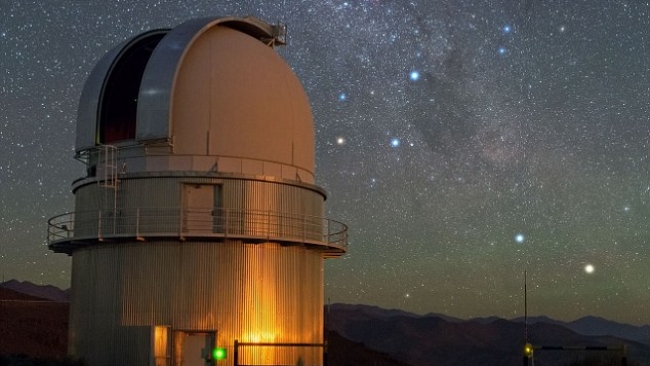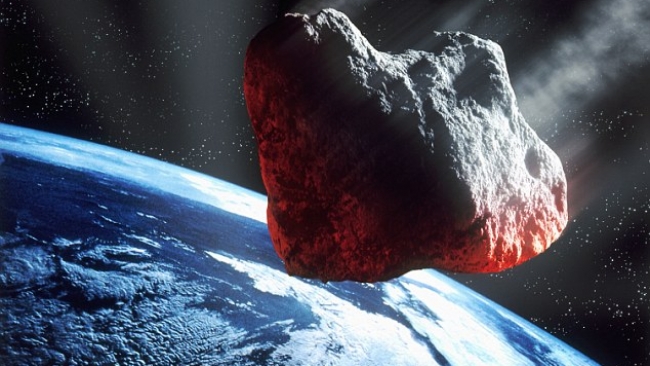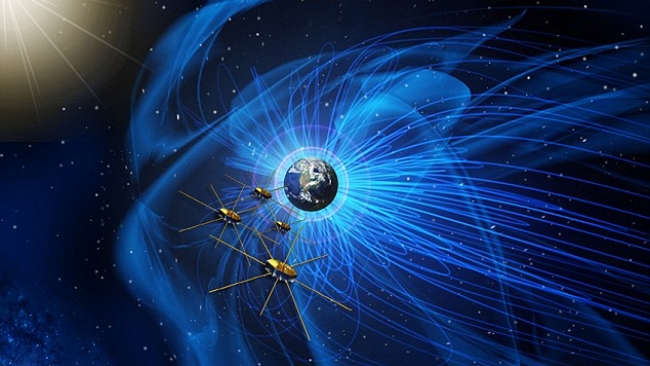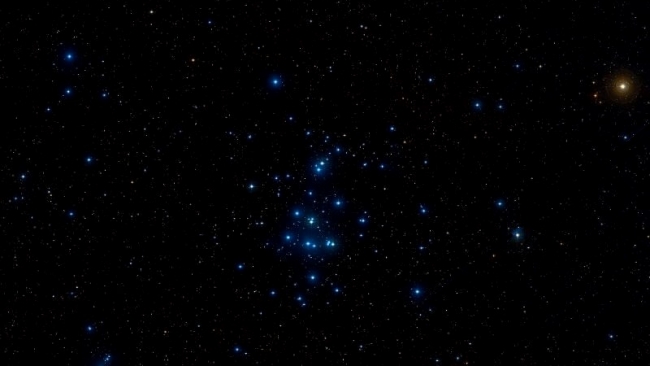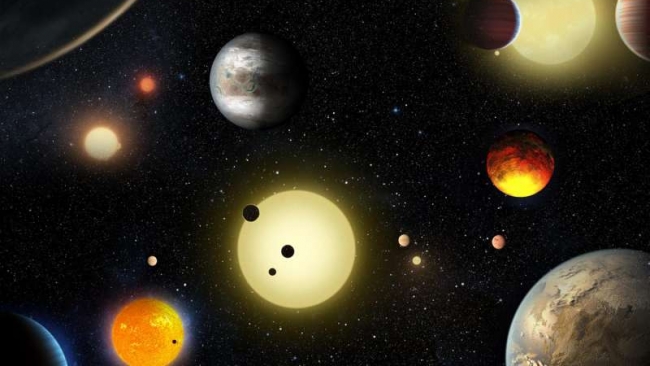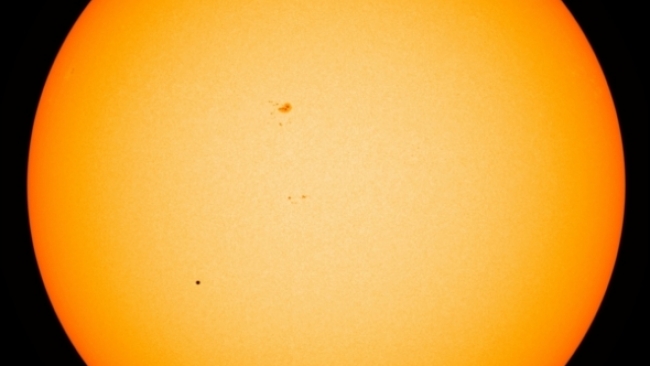Could the universe's dark matter be made up of BLACK HOLES?
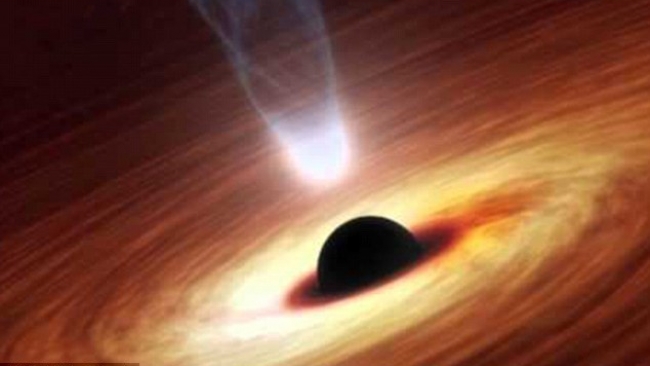
Dark matter is a mysterious substance composing most of the material universe. Scientists believe it is some form of massive exotic particle - but no one has direct evidence of this.
An alternative view is that dark matter is made of black holes formed during the first second of our universe's existence, known as primordial black holes.
Now, a Nasa study claims this interpretation aligns with our knowledge of cosmic infrared and X-ray background glows and may explain the unexpectedly high masses of merging black holes.
'This study is an effort to bring together a broad set of ideas and observations to test how well they fit, and the fit is surprisingly good,' said Alexander Kashlinsky, an astrophysicist at NASA's Goddard Space Flight Center in Greenbelt, Maryland. 'If this is correct, then all galaxies, including our own, are embedded within a vast sphere of black holes each about 30 times the sun's mass.'
In 2005, Kashlinsky led a team of astronomers using NASA's Spitzer Space Telescope to explore the background glow of infrared light in one part of the sky. The researchers reported excessive patchiness in the glow and concluded it was likely caused by the aggregate light of the first sources to illuminate the universe more than 13 billion years ago.
Follow-up studies confirmed that this cosmic infrared background (CIB) showed similar unexpected structure in other parts of the sky. About eight years later, another study looked at how the cosmic X-ray background (CXB) detected by Nasa's Chandra X-ray Observatory compared to the CIB in the same area of the sky.
The team found that the first stars emitted mainly optical and ultraviolet light, which today is stretched into the infrared by the expansion of space, so they should not contribute significantly to the CXB. However, the irregular glow of low-energy X-rays in the CXB matched the patchiness of the CIB and the only other object that is known to sufficiently laminate across this wide an energy range is a black hole.
The team concluded that primordial black holes must have been abundant among the earliest stars, making up at least one out of every five of the sources contributing to the CIB. Nasa is currently investigating this issue as part of its Alpha Magnetic Spectrometer and Fermi Gamma-ray Space Telescope missions.
'These studies are providing increasingly sensitive results, slowly shrinking the box of parameters where dark matter particles can hide,' Kashlinsky said. 'The failure to find them has led to renewed interest in studying how well primordial black holes -- black holes formed in the universe's first fraction of a second -- could work as dark matter.'
Physicists have outlined several ways in which the hot, rapidly expanding universe could produce primordial black holes in the first thousandths of a second after the Big Bang. The older the universe is when these mechanisms take hold, the larger the black holes can be.
And because the window for creating them lasts only a tiny fraction of the first second, scientists expect primordial black holes would exhibit a narrow range of masses.
On September 14 gravitational waves produced by a pair of merging black holes 1.3 billion light-years away were captured by the Laser Interferometer Gravitational-Wave Observatory (LIGO) facilities in Hanford, Washington, and Livingston, Louisiana.
Source: Daily Mail
Wed 25 May 2016 at 08:00
